Search
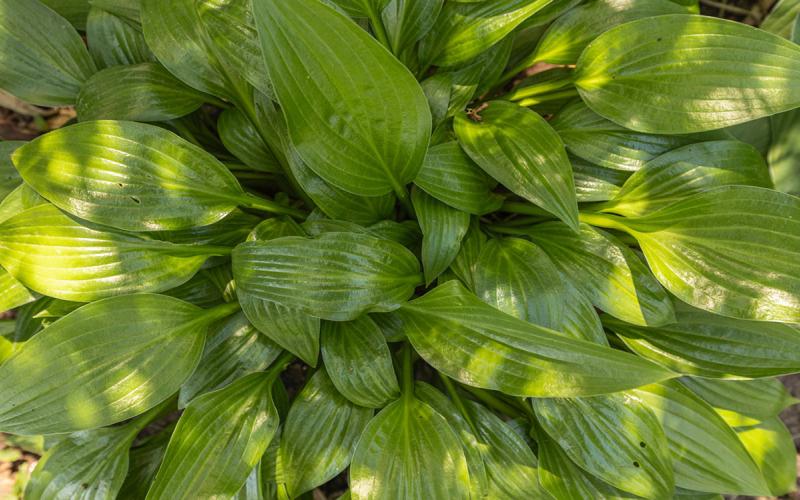
Hosta: A Shade-loving Perennial
Hostas, known for their foliage and love of shade, have developed into a coveted landscaping staple. Learn how to select, plant and grow a hosta that's right for your garden or landscape!
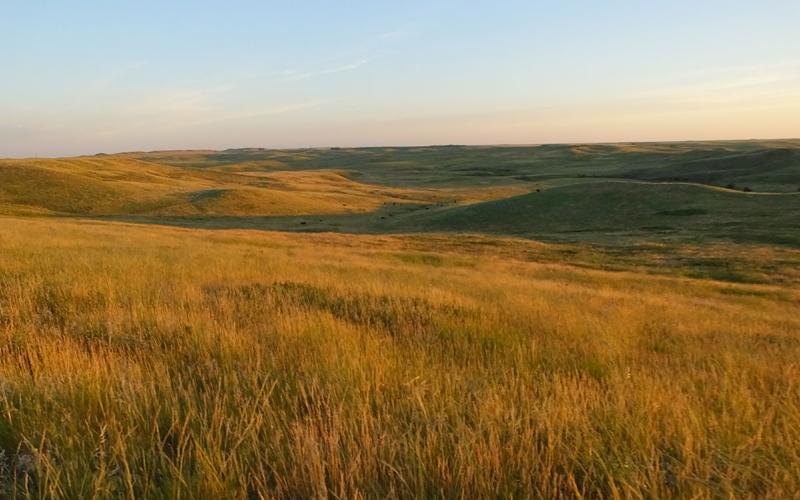
Factors That Influence Plant Development and Growth
Year-to-year variability in climate can result in large swings in annual forage production for livestock producers. Learn some key considerations to observing and mitigating the effects of this variability.

Five Range Management Principles: #3 Ecosystem Biodiversity
Milkweed can help make rangelands a better environment for both cattle and neighboring plants and animals by having a shielding effect on companion plants, preventing erosion and accelerating the decomposition process, whole also providing nectar, habitat and organic material for ecosystem services.
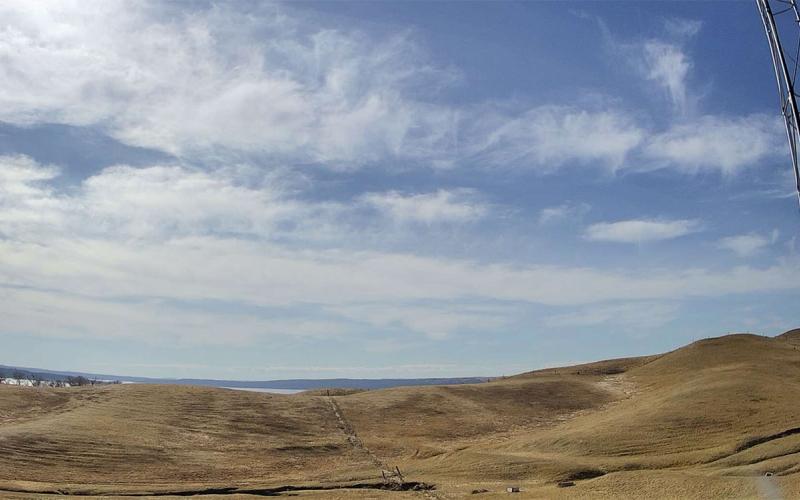
SDSU Extension to host 2023 South Dakota Climate Summit
July 14, 2023
South Dakota State University Extension will host a South Dakota Climate Summit on Aug. 1-2, 2023, at the Arrowwood Resort in Oacoma, South Dakota.
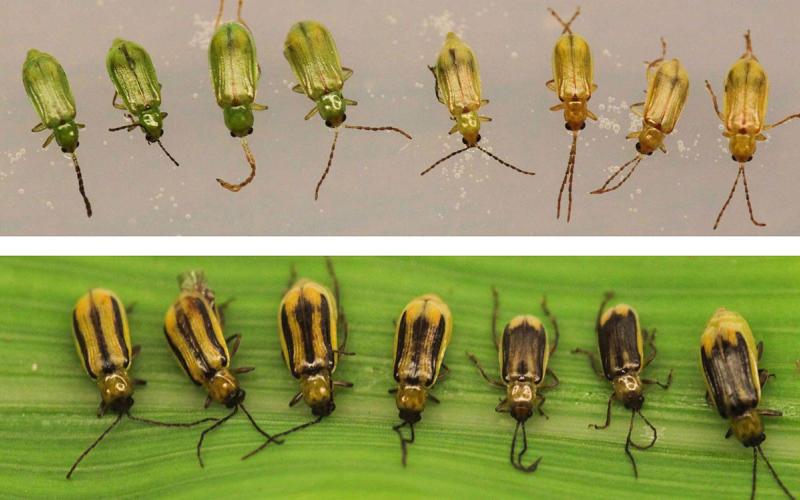
Corn Rootworm Adults Are Emerging in South Dakota
It’s that time of the year when corn rootworms begin emerging in South Dakota. Learn some expert tips for monitoring populations in corn fields to determine if management is necessary.
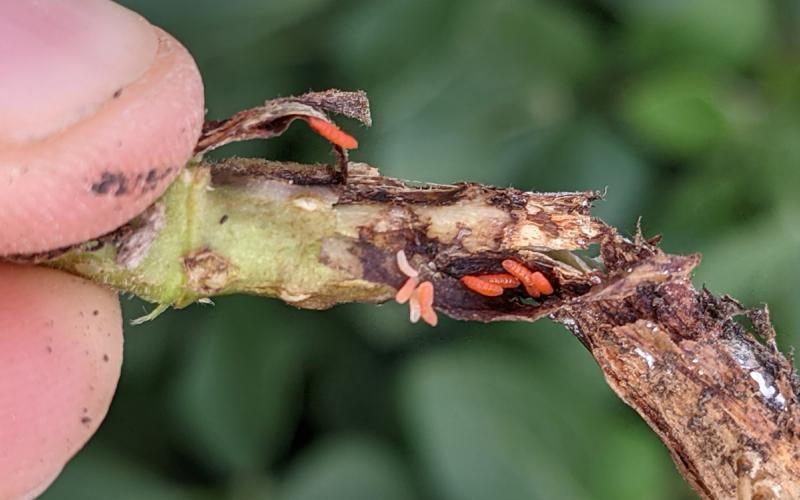
Soybean Gall Midge Larvae Detected This Season
Soybean gall midge larvae have been detected in soybean in southeastern South Dakota. While many infested fields are not showing obvious signs of infestation, there are some key indicators to look out for.
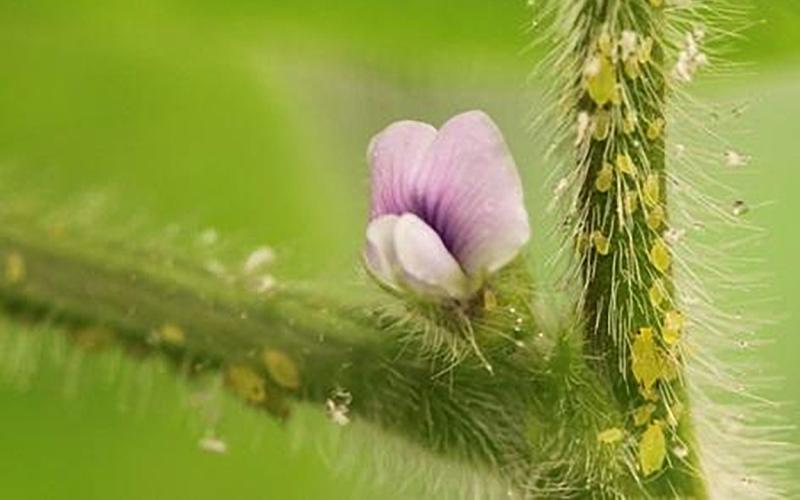
Soybean Aphids Are Active in South Dakota
Small populations of soybean aphids were recently identified while scouting soybean in the Volga and South Shore areas. This is a good reminder that scouting should be ongoing to ensure that populations do not exceed thresholds.
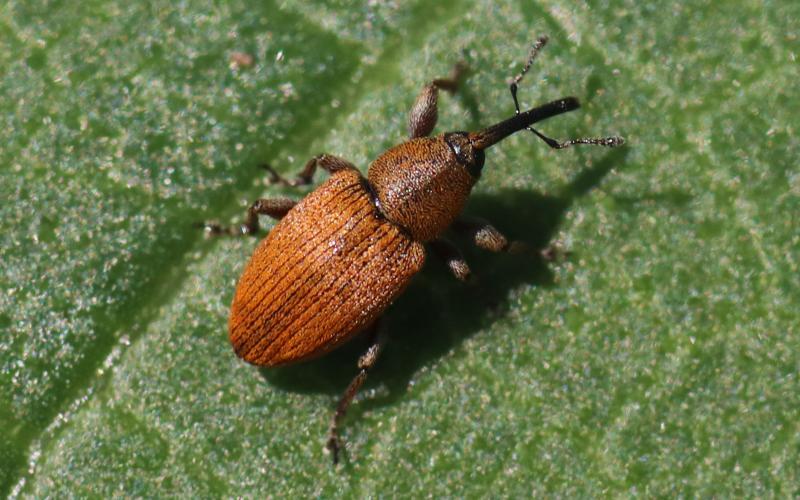
Red Sunflower Seed Weevils Emerging in South Dakota
Red sunflower seed weevil adults are emerging in South Dakota and some have been observed in sunflower fields. Learn how to scout and manage this pest before it impacts your sunflowers.
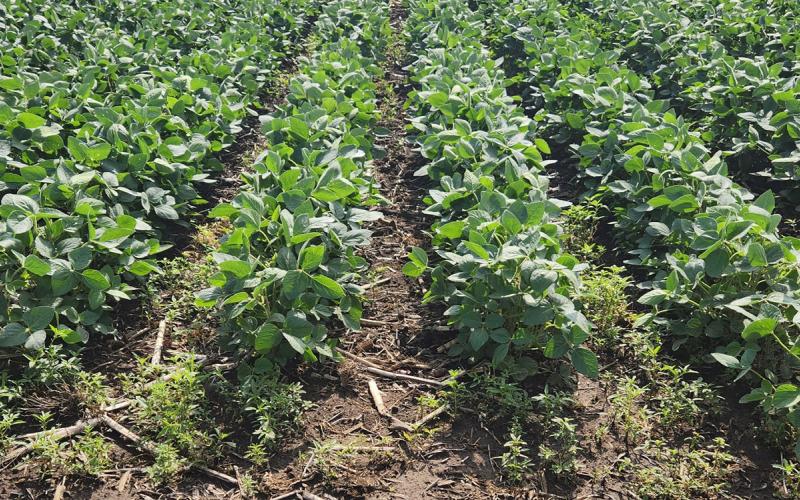
The Value of a Preemergence Herbicide After a Dry Period During the Growing Season
Preemergence herbicides are an essential component of weed management, even when early season weather isn't cooperative. Learn about some of the benefits they can offer following a dry growing season.
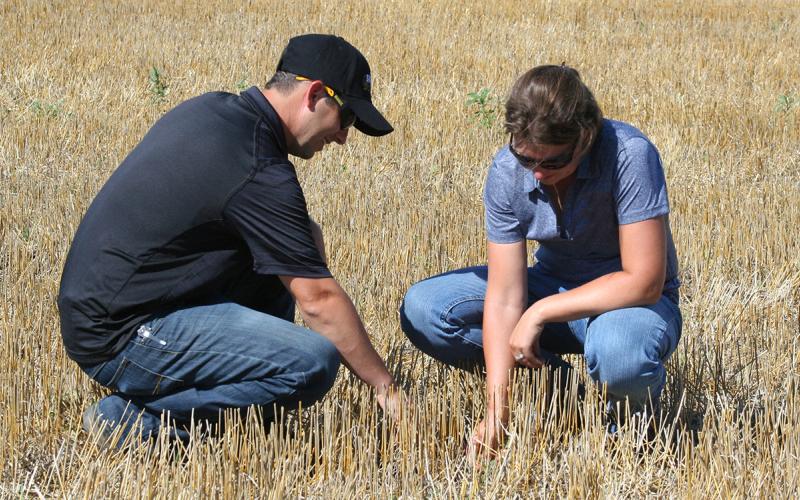
Managing Cover Crops in Moisture Deficits
Planting cover crops after small grain harvest can be risky in central South Dakota. The decision to incorporate them into an annual cropping system should consider historical precipitation, soil water holding capacity, and soil moisture at time of planting.